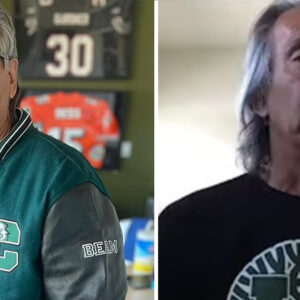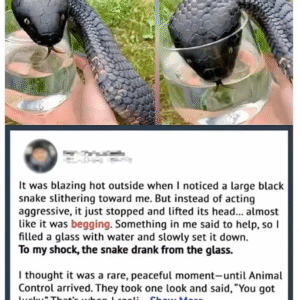On the morning I boarded a flight to Montana to lay my son to rest, the world felt strangely distant, as if wrapped in a heavy fog I couldn’t push through. My husband, Robert, sat beside me in silence, each of us absorbed in our own unspoken heartbreak. We mourned the same child, yet grief had shaped us into two people moving side-by-side without touching. As the plane prepared for takeoff, the pilot’s voice rolled through the cabin—steady, seasoned, and startlingly familiar. In an instant, I was pulled backward in time, no longer a broken mother but a young Detroit schoolteacher facing a soft-spoken student named Eli who once clung to hope by the thinnest of threads.
Years earlier, Eli had been the kind of child who slipped between the cracks—thoughtful, weighed down, and trying desperately not to be noticed. I did what I could: a ride home on stormy days, snacks tucked quietly into his backpack, a carefully crafted story to a police officer that kept him from being pulled into a harsher world. Then he disappeared from my classroom, and all I could do was carry his name in silent prayers. I never imagined hearing his voice again, especially from the cockpit of a plane bound for my son’s funeral. When we finally met face-to-face after landing, time seemed to fold neatly in half. “Ms. Margaret?” he murmured, his captain’s uniform crisp, his eyes filled with gratitude. The boy I once protected was now a man who had learned how to rise.
In the days that followed, while I navigated the unbearable rituals of loss, Eli gently stepped back into my life. He brought me to a modest hangar where a bright yellow aircraft rested beneath buzzing lights, stamped with the name Hope Air. With quiet pride, he explained that he had founded a nonprofit to fly sick children from remote towns to the hospitals they desperately needed—families who otherwise had no way to get there. “You once told me I was meant to fix things,” he said. “So I tried.” He placed an old, worn photograph of me in my hands, one he’d kept since adolescence. On the back, in uncertain teenage handwriting, he had written: For the teacher who believed I could fly. And for the first time since losing my own child, something warm cracked through the cold of grief.
Before my visit ended, Eli introduced me to his little boy, Noah—wide-eyed, frosting-smudged, and radiating the same gentle spirit his father once carried into my classroom. When he wrapped his small arms around me and said, “Dad says you’re why we have wings,” something deep within me shifted. I hadn’t only helped a frightened teenager long ago; I had unknowingly touched every life he later lifted. My grief hasn’t vanished, and my heart still aches for my son each day. But every Christmas, a drawing arrives in the mail from Noah—a yellow plane, a proud stick-figure pilot, and a tiny woman labeled Grandma Margaret. In that unlikely reunion thousands of feet above the clouds, I learned a simple truth: the kindness we offer doesn’t disappear. It circles back, often when we need it most. Sometimes saving one person is enough to bring the light back in.




